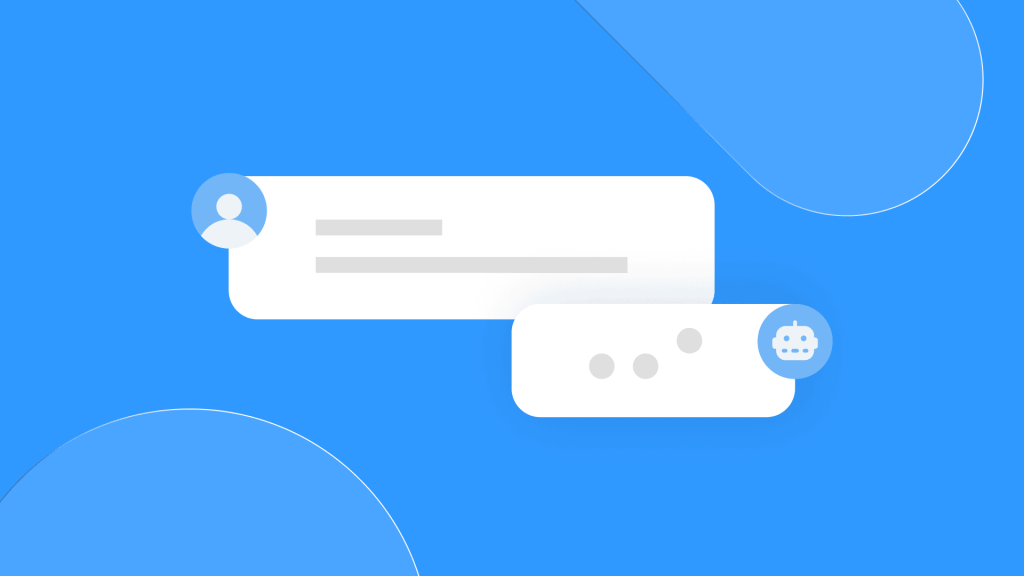How Conversational Marketing Enhances Customer Experience

In today’s fast-paced digital world, marketing professionals constantly search for innovative strategies to enhance customer engagement and boost conversion rates. One major pain point is that 71% of consumers feel frustrated with impersonal experiences, leading many to seek more personalized brand interactions.
Enter conversational marketing—a game-changing approach that enables real-time, two-way conversations between businesses and customers, offering the personalized touch that consumers crave.
What is Conversational Marketing?
Conversational marketing is a strategy that uses AI, NLP, and LLMs to create personalized, real-time interactions with customers through digital channels.
By understanding customer intent and generating human-like responses, businesses can provide instant support, answer questions, and offer tailored recommendations. This leads to increased customer satisfaction, engagement, and conversion rates.
How does conversational marketing work?
AI chatbots and virtual assistants offer instant, automated support that mimics human conversation, providing quick, seamless customer assistance. Natural language processing (NLP) ensures these systems understand the intent behind queries, enabling more natural, context-aware interactions. Large language models (LLMs), like GPT, take this further by generating dynamic, personalized responses based on vast data, making conversations feel relevant and tailored.
In marketing, LLMs boost engagement by analyzing customer interactions and behaviors to deliver real-time, personalized recommendations. Whether suggesting products based on browsing history or providing quick, accurate answers, these technologies drive higher satisfaction and conversion rates by more effectively addressing customer needs.
For example, a customer may browse your website and use your live chat function to ask what is a CDP?. They could be on the verge of buying your software and don’t want to wait for an answer—or they may go elsewhere. Your live chat can instantly access information from your knowledge base, reply briefly, and keep the conversation going.
AI-powered chatbots meet customer needs and enhance data collection and analytics processes, allowing businesses to better understand and strengthen customer relationships.
Benefits of Conversational Marketing

Conversational marketing is a relatively recent strategy; implementing it could make you a market leader if done correctly. Other benefits include:
- 24/7 availability: AI-powered tools provide round-the-clock support, significantly reducing customer wait times and boosting satisfaction. Various reports indicate that AI support can lead to faster response times and enhanced customer experiences.
- Improved conversion rates: As Forrester found, Real-time, personalized responses help increase sales by 10-15% by addressing customer needs instantly and guiding them through the buying process.
- Higher customer satisfaction: Companies use conversational chatbots to deliver personalized recommendations, increasing satisfaction and encouraging repeat business.
- Retention and loyalty: Personalized interactions build stronger customer relationships. HubSpot reports a 30% improvement in retention for businesses using conversational marketing.
- Cost-effectiveness: As McKinsey reports, automating customer interactions cuts operational costs by 30% without sacrificing service quality.
- Data collection. Conversational marketing captures real-time data, enabling businesses to refine their offerings. Data enrichment companies can transform large raw datasets into valuable insights, helping brands to personalize recommendations.
Best Practices for Conversational Marketing

If you implement conversational marketing, following these best practices can help make your strategy more effective.
1. AI and automation
AI and automation form the backbone of conversational marketing. from recording phone call conversations to sending a welcome email. AI can also be used for sentiment analysis, detecting customer emotions, and adjusting responses accordingly.
Additionally, leveraging AI for personalized follow-ups—such as reminders for abandoned carts or tailored recommendations—can help create a more personalized customer journey and increase conversions.
2. Go omnichannel
If conversation marketing is designed to meet customer expectations, you must also meet expectations to form a contact. People spend almost four hours daily on mobile devices, so your interactions should be optimized to work similarly on any device.
Some of the channels you should include in any CM strategy are:
- Live chat on your website or your social media channels.
- Chat apps such as WhatsApp, Viber, or even Facebook Messenger.
- SMS and MMS messaging.
- RCS (Rich Communication Services) is a format that replaces SMS and MMS.
- Any specialist channels you use, such as B2B marketing platforms.
3. Personalization
You already know the value of personalization, and conversational marketing allows you to do it even more. Applying that data to any conversation is easy if you have existing information in your CRM (customer relationship management) system. If it’s a new customer, your system can still personalize the interaction through any early questions about budget, location, preferences, etc.
Your customers don’t want to be treated as part of a whole; they want to be treated as individuals. Personalization through your CM strategy makes that happen, increasing loyalty and customer retention and leading to a higher CLV (customer lifetime value).
4. Add new media formats
Your conversations do not need to be text-based. With conversational marketing, you should also consider adding rich media, such as videos or interactive elements, which can boost engagement further.
For example, a customer may contact your organization because they can’t figure out how to set up a new product they bought. Rather than trying to talk them through the process, your system can send them (or direct them to) a how-to video from your knowledge base, on your YouTube channel (if you have one), or via a conversational email.
The result? A satisfied customer who can now set up their product.
5. Analyze and optimize
You may not get your conversational strategy right the first time. There will always be room for improvement. You’ll find that most of the tools you use for CM will have built-in analytics. This means you can see what is working well and areas with room for improvement.
Look closely at any pain points the customer experiences or elements of the conversations that are not performing as expected. In addition to improving your overall strategy, the cycle of analytics combined with customer feedback can also improve the customer profile held in your CRM.
The Takeaway

Conversational marketing is a powerful tool that helps meet customer expectations for fast, personalized interactions. Providing real-time responses and tailored experiences enhances engagement and boosts conversion rates.
Conversational marketing can transform your customer experience and elevate your overall marketing efforts when combined with an effective omnichannel strategy.




